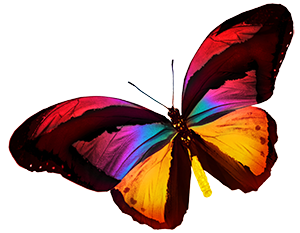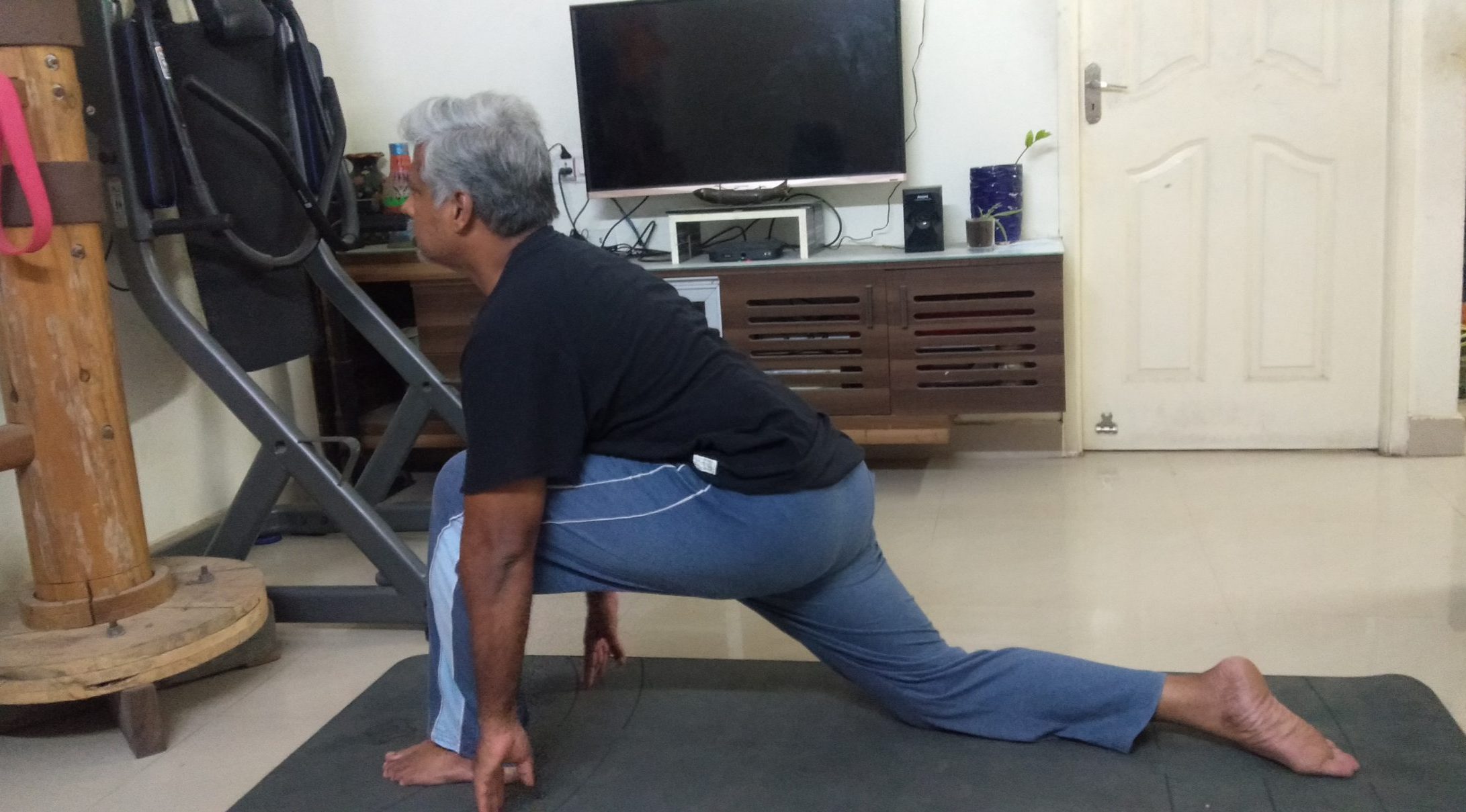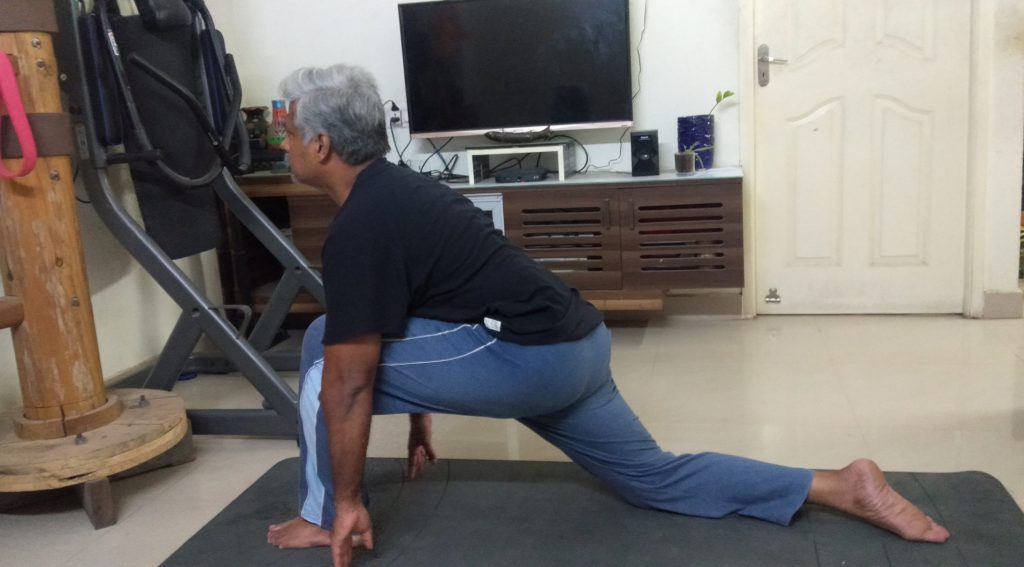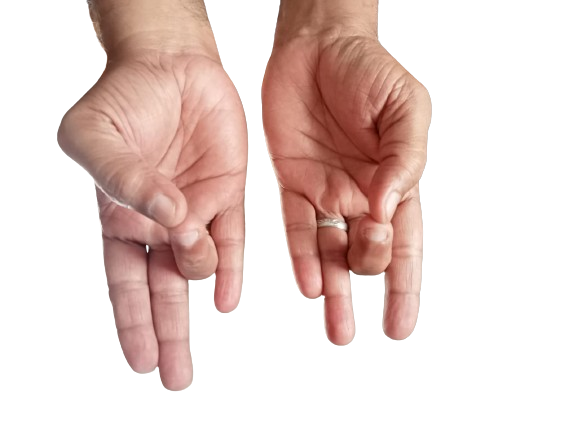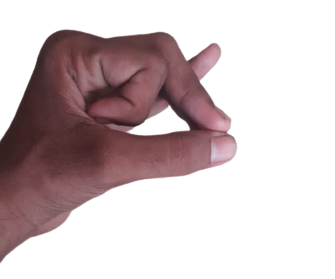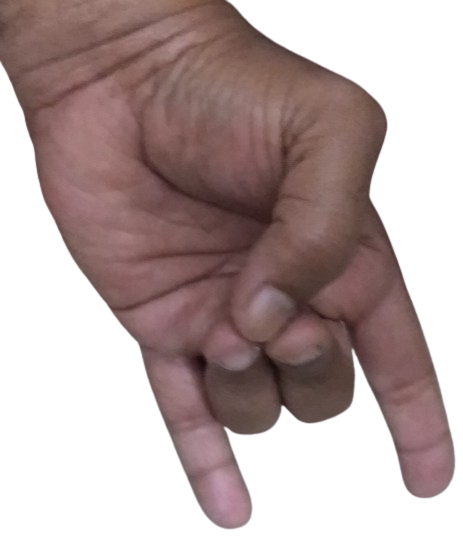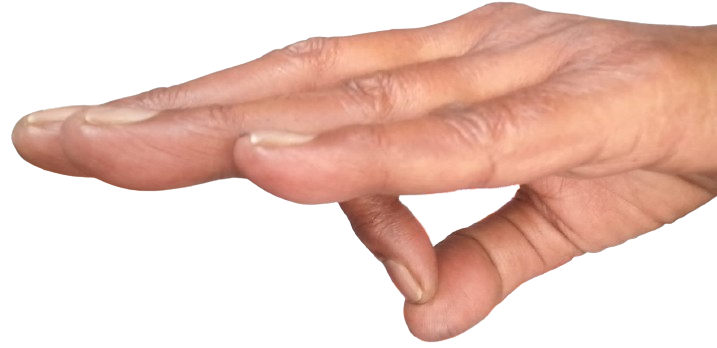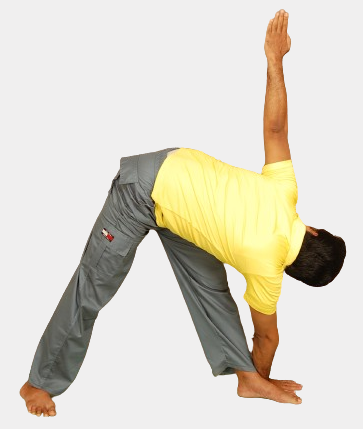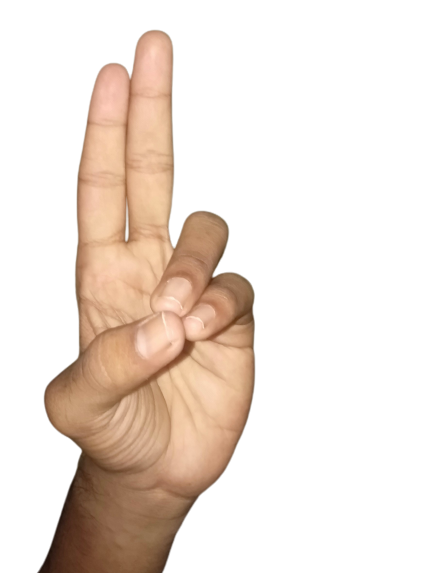Equestrian Pose forms a part of Sun Salutation sequence. It is performed as the fourth and ninth pose in the sequence. In Sanskrit, 'Ashva' means 'horse' and 'sanchalan' means 'getting ready to perform an activity'. Since the pose resembles the act of getting ready to mount a horse it is named thus. The pose is called Equestrian Pose in English.
Equestrian Pose stimulates svadhittana, manipura and anahata chakras. The pose promotes stability of body and mind.
(Visit the page to learn about Sun Salutation.)
Other Benefits of Equestrian Pose
- Flexibility of spine improves
- Lung function improves
- Hip strength and flexibility are improved
- Regular practice of the pose improves digestion
- Liver gets strengthened
- Kidney function improves
- Improves flexibility of leg muscles and strengthens legs
- Practicing the pose helps to relieve stress.
- Promotes calm
Instructions
- Stand on the mat.
- Bend forward and place your hands on the floor by the sides of your feet. Alternately, you can place your fingers on the floor.
- Exhale as you stretch your right leg backwards. Place the lower leg on the floor. The back of the foot should be on the floor.
- Look straight.
- Hold the pose for 20 seconds. Return to starting position and repeat the same on the other side.
Note
Those with severe knee pain should refrain from practicing the pose. Those with slight pain in the knee, can place a folded blanket under the knee and perform the pose.
In case of difficulty in looking straight, drop your head down and look at the floor.
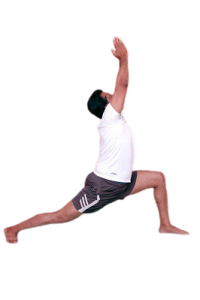
Yoga Pose for Day 71 - Warrior Pose 1 (Virabhadrasana 1)
There are three types of Warrior Pose. Today's asana will be Warrior Pose 1. The pose is called Virabhadrasana in Sanskrit. 'Vira' in Sanskrit means 'warrior', and 'bhadra' means 'auspicious' and 'companion'. That is a warrior who is also a a supportive companion.
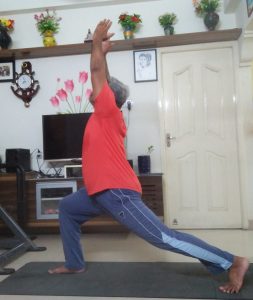
Yoga Pose for Day 69 - High Lunge Pose / Crescent High Lunge Pose (Ashta Chandrasana)
High Lunge Pose is called as Ashta Chandrasana in Sankrit. 'Ashta' means 'eight' and 'chandra' means 'moon'. The pose stimulates
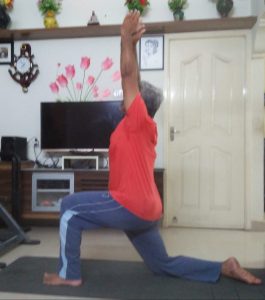
Yoga Pose for Day 68 - Low Lunge Pose / Crescent Moon Pose (Anjaneyasana)
Low Lunge Pose is called as Anjaneyasana in Sankrit . The pose stimulates muladhara, svathittana, manipura and anahata chakras. Low Lunge Pose is also referred to as Crescent Moon Pose.
